Sod types: In the realm of property enhancement, the beauty and appeal of a well-maintained lawn cannot be overstated. The lush, verdant expanse not only adds aesthetic value but also contributes to the overall curb appeal, potentially increasing the property’s market value.
Central Florida homeowners, in particular, have a unique set of considerations when it comes to selecting the best sod types for their lawns due to the region’s distinctive climate and soil conditions. Opting for the right sod can make a significant difference in lawn maintenance efforts, water requirements, and the visual appeal of the property.
Let’s delve into the world of sod types, their unique qualities, and how they can elevate the charm of your property to new heights.
St. Augustine Grass: The Star of Central Florida Lawns
St. Augustine grass is the most popular choice among Central Florida homeowners, and for good reason. This warm-season grass is known for its attractive appearance, rapid growth, and ability to thrive in the region’s subtropical climate. It offers a dense, lush turf with broad, flat blades that provide excellent coverage and crowd out most weeds. St. Augustine grass is salt-tolerant, making it an ideal option for properties near the coast.
Some popular varieties of St. Augustine grass include:
- Floratam: The most widely-grown variety in Florida, Floratam is prized for its resistance to chinch bugs, a common pest in the region. Additionally, it boasts a dark green color, thick texture, and excellent tolerance to heat and drought.
- Palmetto: This variety features a finer texture and a more dwarf growth habit, making it suitable for homeowners seeking a low-maintenance option. It also demonstrates good shade tolerance, allowing it to thrive in lawns with limited sunlight.
- Seville: With its fine texture, dark green color, and low growth habit, Seville is an attractive option for homeowners desiring a manicured appearance. It is also highly disease-resistant and can grow in a wide range of soil types.
Bermuda Grass: A Robust and Versatile Option
Another popular choice for Central Florida lawns, Bermuda grass is known for its toughness, adaptability, and quick recovery from wear and tear. This warm-season grass is ideal for residential lawns, golf courses, athletic fields, and commercial properties, thanks to its fine texture, dark green color, and dense growth pattern. Bermuda grass is also drought-tolerant and resilient to various pests and diseases.
Some common Bermuda grass varieties for Central Florida include:
- Celebration: This variety is an excellent option for homeowners looking for a low-maintenance turf. Celebration Bermuda grass is drought-tolerant, features reduced vertical growth for less mowing, and has a rapid recovery rate from wear and damage.
- Tifway 419: A favorite for golf courses and athletic fields, Tifway 419 is known for its dense, medium-fine texture and rapid establishment, providing a uniform and durable surface for activity.
Zoysia Grass: A Low-Maintenance Alternative
For homeowners seeking a low-maintenance and eco-friendly sod option, Zoysia grass is worth considering. This warm-season grass features a fine texture, dense growth pattern, and deep green color that remains vibrant year-round. Zoysia grass is also known for its exceptional drought tolerance, requiring less frequent watering than other popular grass types. Moreover, its dense growth pattern helps to prevent invasion by weeds and pests.
Varieties of Zoysia grass suitable for Central Florida include:
- Empire: This popular Zoysia variety is characterized by its attractive dark green color and fine, soft blades. Empire Zoysia is also highly versatile, tolerating heat, drought, and even short periods of cold weather.
- Palisades: Known for its exceptional shade tolerance, Palisades Zoysia is perfect for lawns with partial sunlight. It also boasts excellent heat and drought resistance, contributing to its low-maintenance appeal.
Factors to Consider When Choosing Your Sod Type
When deciding on the right sod type for your Central Florida home, numerous factors come into play. Some important aspects to evaluate include:
- Climate Tolerance: Central Florida’s subtropical climate exposes lawns to heat, humidity, sporadic rainfall, and occasional frosts. Choose a sod type that can withstand these conditions without losing its aesthetic appeal or health.
- Maintenance Requirements: Different sod types have varying maintenance needs. Carefully consider your desired level of lawn care commitment before making a decision. If you prefer a low-maintenance option, Zoysia grass may be the right choice for you.
- Pest and Disease Resistance: Warm-season grass types tend to be more resistant to common Central Florida lawn pests, such as chinch bugs and grub worms. St. Augustine grass varieties like Floratam and Seville have proven themselves in this aspect, while Bermuda grass is also generally resilient to pests and diseases.
- Water Requirements: With water conservation being a growing concern, selecting a sod type with lower water demands can contribute to environmental sustainability and reduce your water bills. Zoysia grass and Bermuda grass are known for their drought-tolerance, making them suitable options for this purpose.
Proper Irrigation: A Key to Turf Health
No matter which sod type you choose, adequate watering is critical for establishing and maintaining a healthy, vibrant lawn. Newly installed sod requires frequent, shallow irrigation during the first 2-3 weeks to promote root growth and prevent dehydration. As the roots become well established, reduce the watering frequency but increase the depth of water penetration. Following these guidelines can aid in preventing common lawn issues like shallow root systems or fungus development.
For established lawns, it’s crucial to find the right balance between too little and too much water. A general rule of thumb is approximately one inch of water per week, adjusting for rainfall and the specific needs of your chosen sod type. This promotes deep root growth and helps conserve water resources.
Proper Mowing Techniques: Ensuring Lawn Health and Aesthetics
Regular mowing is essential for maintaining a well-kept lawn appearance and supporting turf health. However, it’s crucial to follow proper mowing practices—like cutting the grass at the recommended height for your specific sod type—to avoid adverse effects on turf health. For example:
- St. Augustine grass: Maintain a mowing height of 2.5-4 inches, depending on the variety. This promotes deep root growth and helps the grass naturally compete against weeds.
- Bermuda grass: Keep the mowing height between 0.5-1.5 inches for a healthy, dense turf. Shorter heights can accommodate athletic fields or golf courses, while taller heights are better suited for residential lawns.
- Zoysia grass: Aim for a mowing height of 1-2 inches, depending on the variety, for a lush, green lawn.
Additionally, always use sharp mower blades to avoid tearing grass blades, which could lead to increased vulnerability to diseases or pests. Remember to adjust your mowing frequency as needed based on your sod type and the current growth rate.
Effective Fertilization: Nourishing Your Lawn for Optimal Growth
A well-fertilized lawn is better able to withstand environmental stress, pests, and diseases. Each sod type has specific fertilization needs, which vary based on factors like soil quality, existing nutrient levels, and environmental conditions. However, some general guidelines to consider include:
- St. Augustine grass: Proper fertilization for this sod type typically includes applying a slow-release lawn fertilizer with a 4-1-2 ratio of nitrogen, phosphorus, and potassium 2-4 times per year.
- Bermuda grass: Due to its aggressive growth, Bermuda grass often requires more frequent fertilization—up to 6 times per year. Apply a balanced, slow-release fertilizer with a 4-1-2 ratio of nitrogen, phosphorus, and potassium.
- Zoysia grass: Less demanding than other sod types, Zoysia grass generally thrives with 2-3 annual applications of balanced, slow-release fertilizer.
For more accurate fertilization planning, consider conducting a soil test to determine existing nutrient levels in your lawn. A turf management professional can also help devise a tailored fertilization program to meet your lawn’s unique needs.
Pest and Disease Management: Protecting Your Lawn’s Health
A healthy, well-maintained lawn is less susceptible to pests and diseases; but even the most diligent homeowners may encounter these issues from time to time. Common Central Florida lawn pests include chinch bugs, mole crickets, and grub worms, while fungal diseases like brown patch and gray leaf spot can also impact turf health.
To minimize the risk of pest infestations or fungal diseases, consider the following preventive measures:
- Proper irrigation: Avoid overwatering, which creates a favorable environment for pests and diseases. Instead, adhere to recommended watering practices for your sod type.
- Aeration: Regular aeration helps alleviate soil compaction, promoting better water penetration, and root growth. These factors contribute to healthier turf that is more resistant to pests and diseases.
- Regular monitoring: Keep a close eye on your lawn for early signs of pest or disease issues, such as discolored patches, wilting, or unusual insect activity.
Should you encounter a pest or disease problem, contact a turf management professional to address the situation promptly and effectively. Attempting to handle these issues without expert guidance can result in further damage or ineffective treatments.
The Environmental Impact of Your Lawn: Central Florida Considerations
Water Conservation: A Crucial Element of Sustainable Lawn Care
In Central Florida, where water resources are under increasing pressure, water conservation must factor into lawn care decisions. A sustainable lawn management strategy prioritizes proper irrigation practices to minimize water waste and maintain a healthy turf. For example:
- Water early in the morning: Irrigating your lawn during the cooler morning hours reduces water loss due to evaporation. This ensures that your lawn receives the hydration it requires without wasting resources.
- Use a smart irrigation system: Upgrading to a smart irrigation system can help automate your lawn’s watering schedule and adjust the amount of water applied based on current weather conditions and the specific needs of your sod type.
- Choose drought-tolerant sod: Sod types like Bermuda grass and Zoysia grass can withstand longer periods without water, which makes them appealing options for conscientious homeowners looking to conserve water resources and reduce monthly bills.
Nutrient Management: Protecting Water Quality and Aquatic Life
Excessive fertilizer usage can contribute to nutrient pollution in nearby lakes, rivers, and other water bodies, which can degrade water quality and harm aquatic ecosystems. Implementing environmentally responsible fertilization practices is essential in promoting the health of your lawn while preserving the integrity of local ecosystems. Consider these best practices for responsible nutrient management:
- Conduct a soil test: Before applying fertilizer to your lawn, obtain a soil test to identify existing nutrient levels. This data allows you to select the appropriate type and amount of fertilizer needed to avoid over-application and prevent nutrient leaching.
- Use slow-release fertilizer: Opting for slow-release fertilizers reduces the risk of nutrient runoff, as nutrients are released gradually over a more extended period. This provides a more targeted approach to nourishing your lawn and protecting the environment.
- Observe buffer zones: To minimize nutrient pollution, avoid applying fertilizer within 10 feet of water bodies or stormwater inlets. This buffer zone helps prevent excess nutrients from leaching into waterways and causing harmful algal blooms.
Creating a Pollinator-Friendly Lawn: Supporting Vital Ecosystems
Pollinators, such as bees, butterflies, and birds, play a crucial role in food production and environmental health. Homeowners can actively support these vital creatures by incorporating pollinator-friendly elements into their lawn care practices. Some suggestions include:
- Incorporate native plants: Native flowering plants like milkweed, goldenrod, and blue sage are adapted to the local climate, require less water and maintenance, and provide a valuable food source to pollinators.
- Opt for natural pest control: Avoid using harmful pesticides that can harm pollinators and threaten the food chain. Instead, favor eco-friendly alternatives like beneficial insects or organic pest control products.
- Create diverse habitats: Offer pollinators various shelter options by incorporating features such as rock piles, nesting boxes, or small brush piles in your landscape design.
Seasonal Lawn Care Tips for Central Florida Homeowner
Different sod types may require specific care routines, but there are several general seasonal guidelines that can help maintain your lawn health and appearance year-round in Central Florida.
Spring: Promote Growth and Recover from Winter Stress
- Aerate your lawn: Aerate compacted soil to enable better penetration of water, air, and nutrients.
- Fertilize your lawn: Apply the appropriate type and amount of fertilizer for your sod type based on a soil test.
- Rake and dethatch: Remove any lingering dead grass or debris leftover from winter to promote new growth and discourage disease incidence.
Summer: Manage Heat Stress and Water Needs
- Adjust watering schedule: Increase your lawn’s water supply to account for higher temperatures and evaporation rates during summer.
- Raise mowing height: Allow your grass to grow taller during the hotter months to retain more moisture and provide shade to the soil.
- Monitor for pests and diseases: Inspect your lawn regularly and address any emerging pest or disease issues promptly.
Fall: Prepare for the Coming Cooler Months
- Aerate and overseed: If necessary, aerate and overseed your lawn to promote optimal turf health and density.
- Continue regular mowing: Maintain consistent mowing at the appropriate height for your sod type.
- Fertilize: Apply a final round of fertilizer to supply essential nutrients for the cooler months ahead.
Winter: Encourage Root Growth and Address Cool-Weather Challenges
- Reduce the watering schedule: Scale back your lawn’s irrigation to accommodate slower growth and lower evaporation rates.
- Handle frost with care: Avoid walking or driving on frost-covered grass, as this can damage the turf.
Achieving Your Dream Lawn in Central Florida: A Comprehensive Approach
Creating and maintaining a stunning lawn in Central Florida is a multifaceted endeavor that requires diligence, knowledge, and a keen eye for detail. From selecting the right sod type and implementing best practices for lawn care, to ensuring your lawn contributes positively to the environment and surrounding ecosystems, homeowners who invest in these efforts will enjoy the benefits of a thriving, resilient turf.
As a homeowner, you don’t have to navigate this rewarding, but sometimes challenging journey alone. Teaming up with an experienced turf management professional will provide you with expert advice, tailored care plans, and regular maintenance to ensure your lawn remains in prime condition throughout the year.
Your lawn is a reflection of the care, dedication, and passion you invest in your home—let it be a testament to your commitment to sustainable, responsible, and beautiful landscaping. Reach out to the turf management experts at Next Level Turf to start your journey toward the lawn of your dreams in Central Florida today!

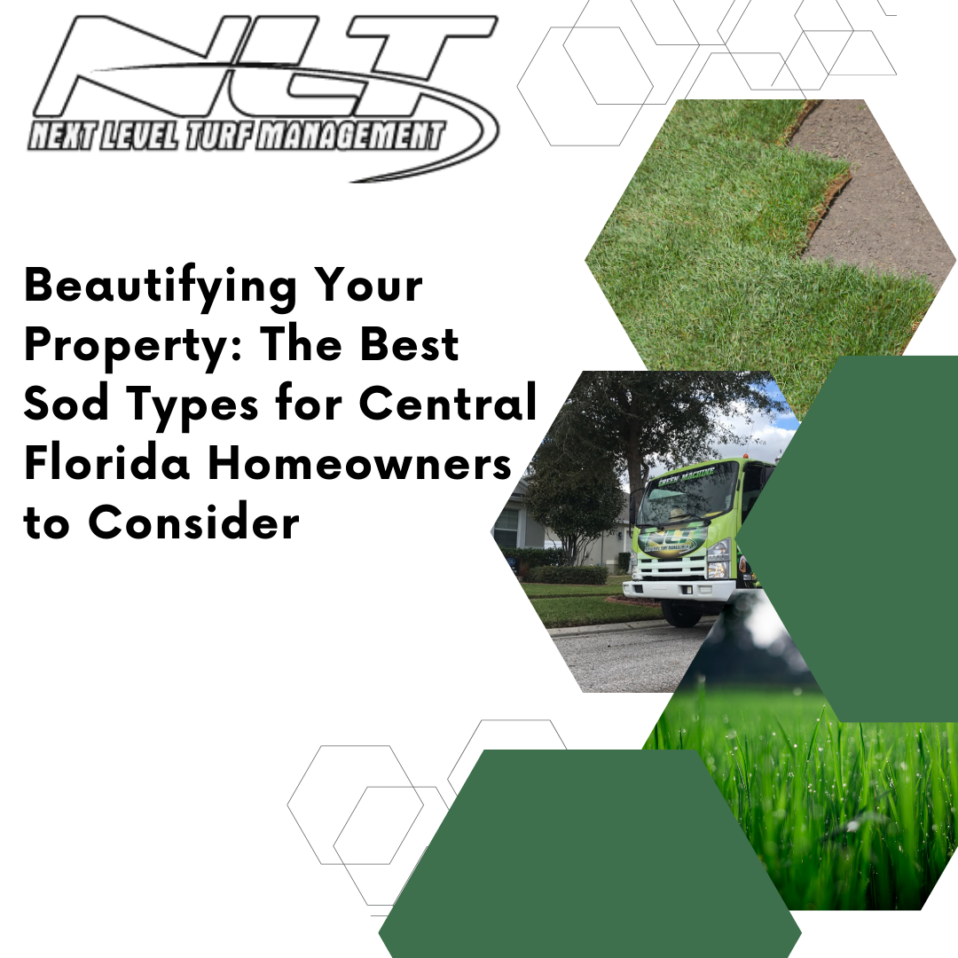
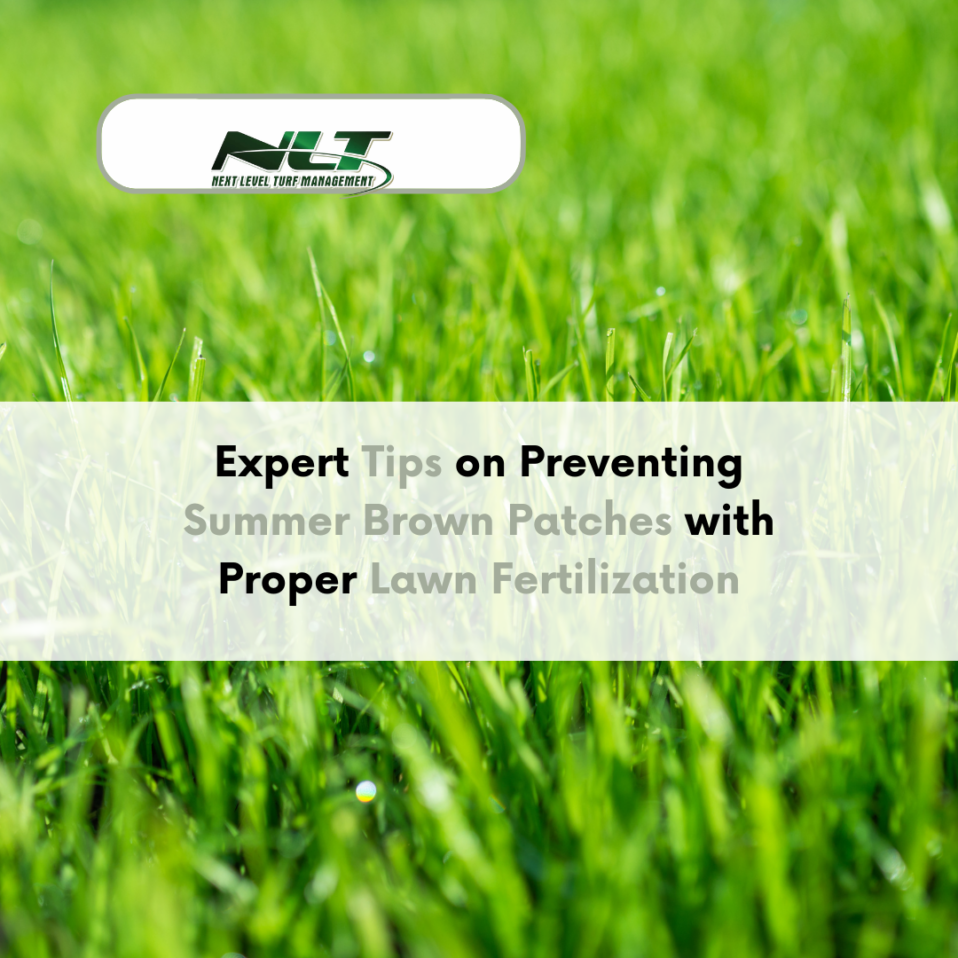
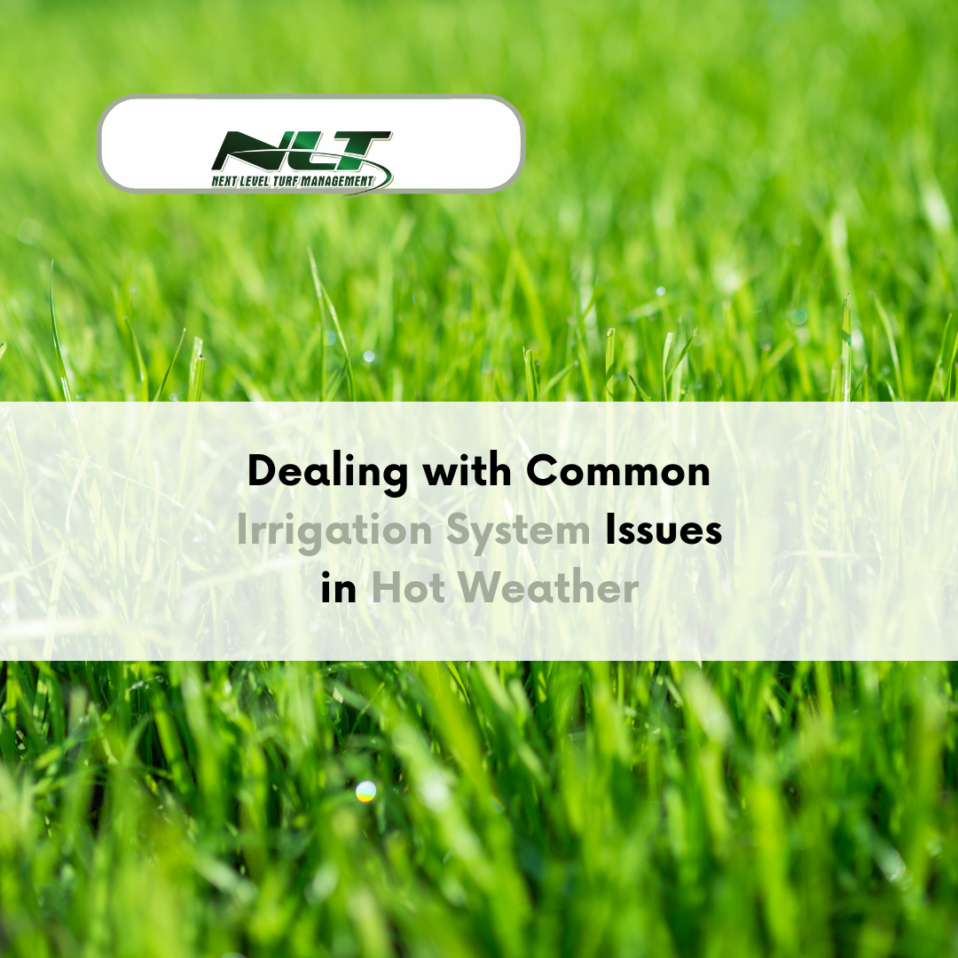
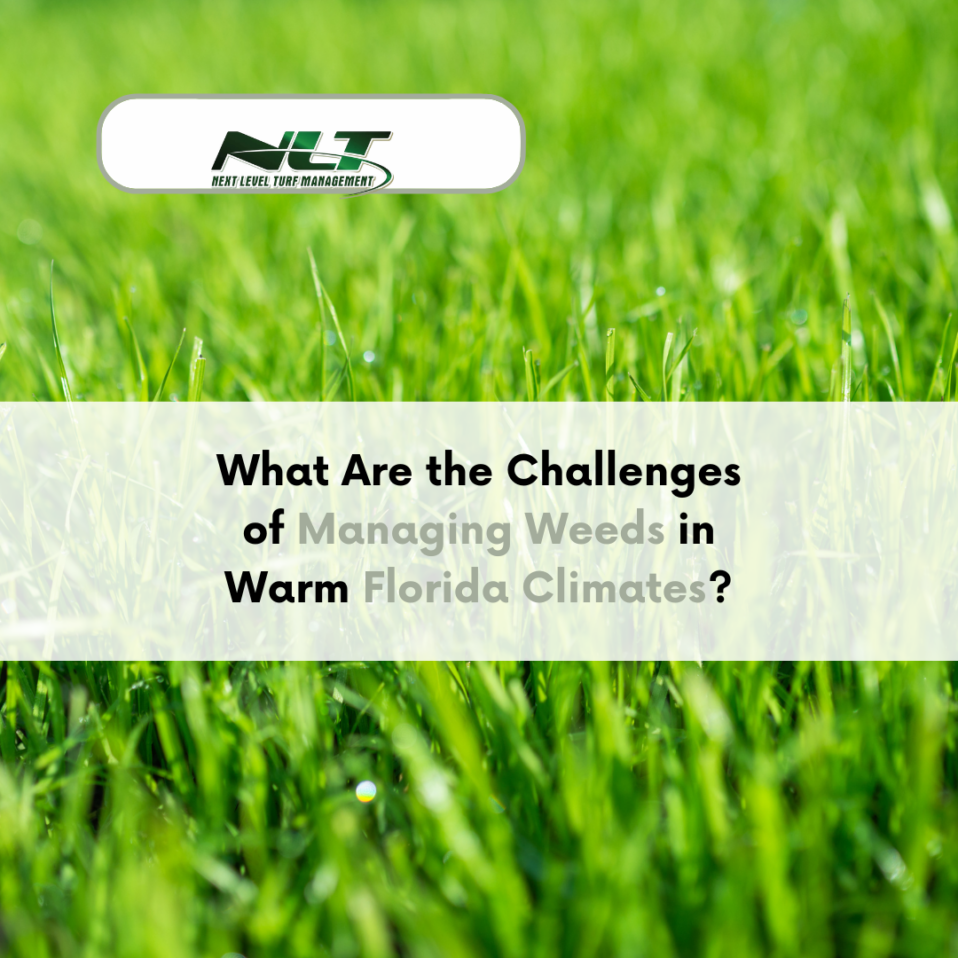
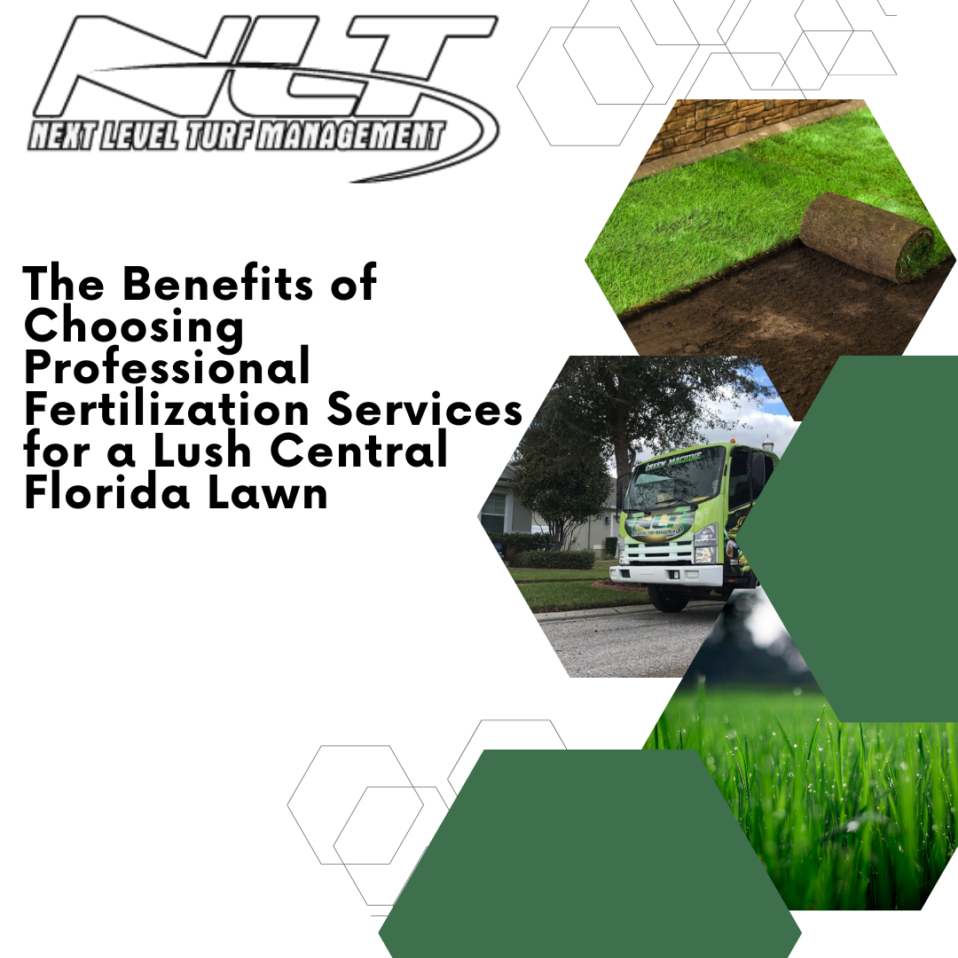


Post a comment